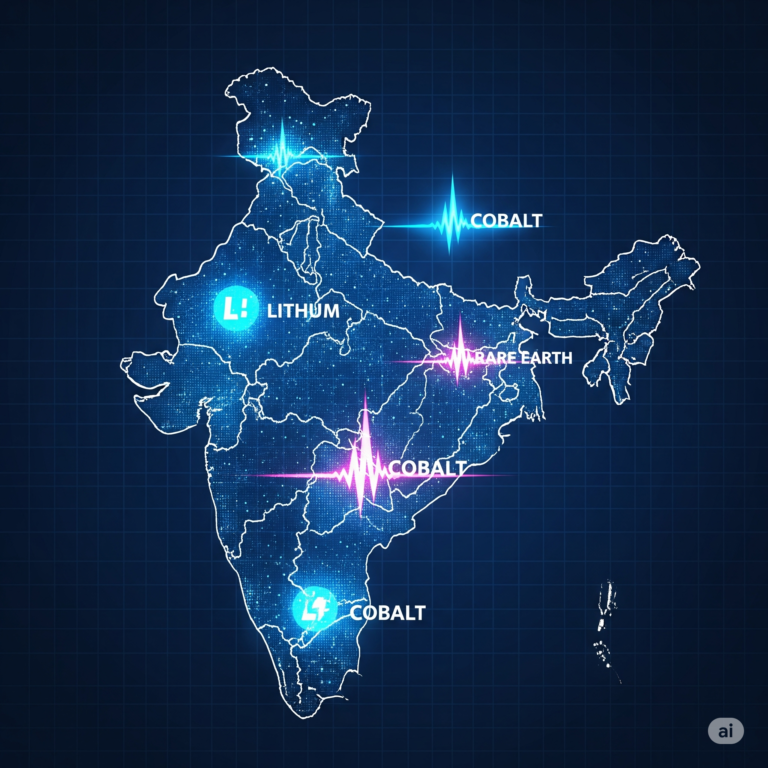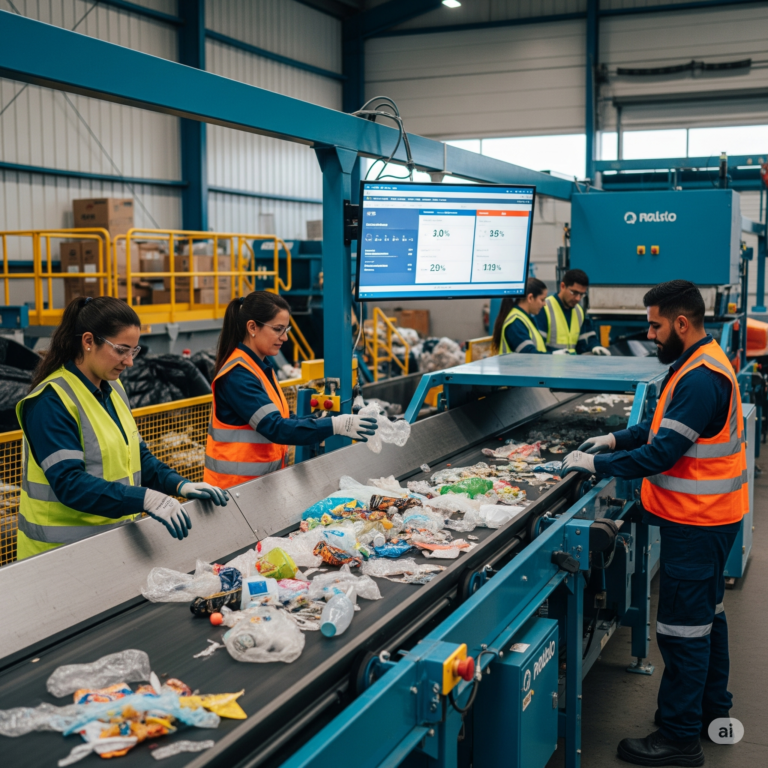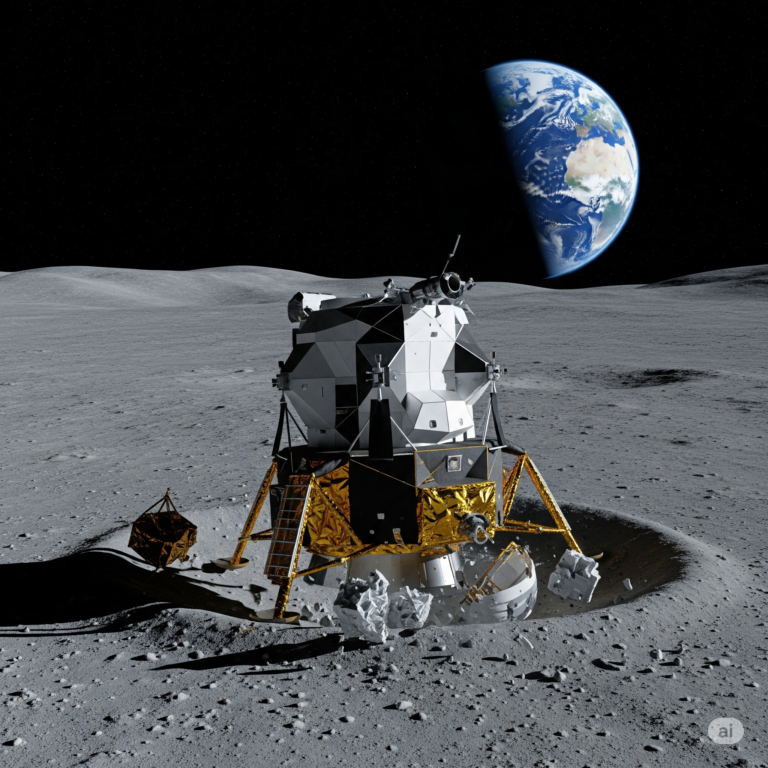The fashion industry is notoriously fickle. Trends emerge and fade with astonishing speed, leaving businesses scrambling to adapt and stay relevant. However, recent advancements in artificial intelligence (AI) are offering a powerful solution: AI-powered trend forecasting.1 By analyzing vast datasets of consumer behavior, market trends, and social media data, AI algorithms can predict future fashion trends with unprecedented accuracy, empowering businesses to optimize inventory, streamline production, and stay ahead of the curve.2
How AI Predicts Fashion Trends
AI-powered trend forecasting systems utilize a range of techniques to identify emerging trends:3
- Social Media Analysis: AI algorithms analyze social media platforms like Instagram, TikTok, and Pinterest to identify emerging styles, color palettes, and fashion influencers.4 By tracking mentions, hashtags, and user-generated content, these systems can gain insights into consumer preferences and predict future trends.5
- Image Recognition and Analysis: AI algorithms can analyze images from various sources, such as fashion magazines, runways, and street style blogs, to identify patterns and trends in design, color, and silhouette.6
- Consumer Behavior Analysis: By analyzing consumer data, such as purchase history, browsing behavior, and search queries, AI algorithms can identify emerging consumer preferences and predict future demand.7
- Market Research and Competitive Analysis: AI can analyze market research reports, competitor activities, and economic indicators to identify potential disruptions and anticipate future trends.8
Benefits of AI-Powered Trend Forecasting
- Improved Inventory Management: By accurately predicting demand, businesses can optimize inventory levels, reducing the risk of stockouts and overstocking.9 This leads to cost savings and improved profitability.
- Enhanced Design and Development: AI-generated insights can inform the design process, enabling designers to create collections that are more aligned with consumer preferences and market trends.10
- Faster Time-to-Market: By identifying emerging trends early on, businesses can accelerate the design and production process, bringing new products to market more quickly and capitalizing on fleeting trends.
- Increased Customer Satisfaction: By offering products that are aligned with consumer preferences, businesses can improve customer satisfaction and build stronger brand loyalty.11
- Reduced Waste: By optimizing inventory and minimizing the risk of producing unsold merchandise, AI-powered trend forecasting can contribute to a more sustainable and ethical fashion industry.12
Challenges and Considerations
While AI-powered trend forecasting offers significant advantages, it also presents certain challenges:
- Data Bias: The accuracy of AI-powered predictions depends on the quality and diversity of the data used to train the models. If the data is biased, the predictions will also be biased.
- Unpredictability of Trends: Fashion trends are often driven by unpredictable factors, such as cultural shifts, social movements, and global events.13 AI algorithms may not always be able to accurately predict these unforeseen events.
- Ethical Considerations: The use of AI in fashion raises ethical concerns, such as data privacy, job displacement, and the potential for AI to perpetuate existing biases and inequalities.14
The Future of AI-Powered Trend Forecasting
Despite these challenges, the future of AI-powered trend forecasting in the fashion industry looks promising. As AI technology continues to evolve, we can expect to see even more sophisticated and accurate trend prediction models. By embracing AI and leveraging its power responsibly, the fashion industry can navigate the ever-changing landscape of trends and remain competitive in the global marketplace.15
Conclusion
AI-powered trend forecasting is transforming the fashion industry, enabling businesses to make data-driven decisions, optimize their operations, and stay ahead of the curve.16 By leveraging the power of AI, fashion brands can gain a competitive edge, improve their bottom line, and create a more sustainable and customer-centric future.17
Frequently Asked Questions (FAQs)
- What is AI-powered trend forecasting?
- AI-powered trend forecasting uses artificial intelligence algorithms to analyze data and predict future fashion trends.18
- How does AI predict fashion trends?
- AI algorithms analyze social media data, image data, consumer behavior, and market research to identify emerging trends.19
- What are the benefits of AI-powered trend forecasting?
- Improved inventory management, enhanced design and development, faster time-to-market, increased customer satisfaction, and reduced waste.
- What are the challenges of AI-powered trend forecasting?
- Data bias, unpredictability of trends, ethical considerations, and limitations in AI technology.
- How can AI-powered trend forecasting help businesses reduce waste?
- By optimizing inventory levels and minimizing the production of unsold merchandise.
- What is the role of data in AI-powered trend forecasting?
- Data is crucial for training AI algorithms and generating accurate predictions.
- How can businesses ensure the ethical use of AI in fashion?
- By addressing data privacy concerns, minimizing bias, and ensuring transparency in their use of AI.
- How can AI-powered trend forecasting help designers?
- By providing insights into emerging trends and inspiring new design ideas.
- What is the future of AI-powered trend forecasting in fashion?
- The future holds even more sophisticated and accurate trend prediction models, with further integration of AI into the fashion value chain.
- How can businesses stay ahead of the curve in AI-powered trend forecasting?
- By investing in AI research and development, building strong data analytics capabilities, and partnering with AI-powered solutions providers.
- What are the potential risks of relying solely on AI for trend forecasting?
- Over-reliance on AI can lead to a lack of human intuition and creativity in the design process.
- How can businesses ensure the ethical use of consumer data in AI-powered trend forecasting?
- By obtaining explicit consent from consumers, ensuring data privacy, and implementing robust data security measures.
- What are some examples of AI tools used for fashion trend forecasting?
- Various tools and platforms are available, including those specializing in social media listening, image recognition, and consumer behavior analysis.
- How can AI-powered trend forecasting contribute to a more sustainable fashion industry?
- By reducing waste, optimizing production, and enabling the development of more sustainable materials and practices.
- What is the role of human expertise in AI-powered trend forecasting?
- Human expertise is still crucial for interpreting AI-generated insights, making strategic decisions, and ensuring that the human element remains central to the fashion industry.












+ There are no comments
Add yours